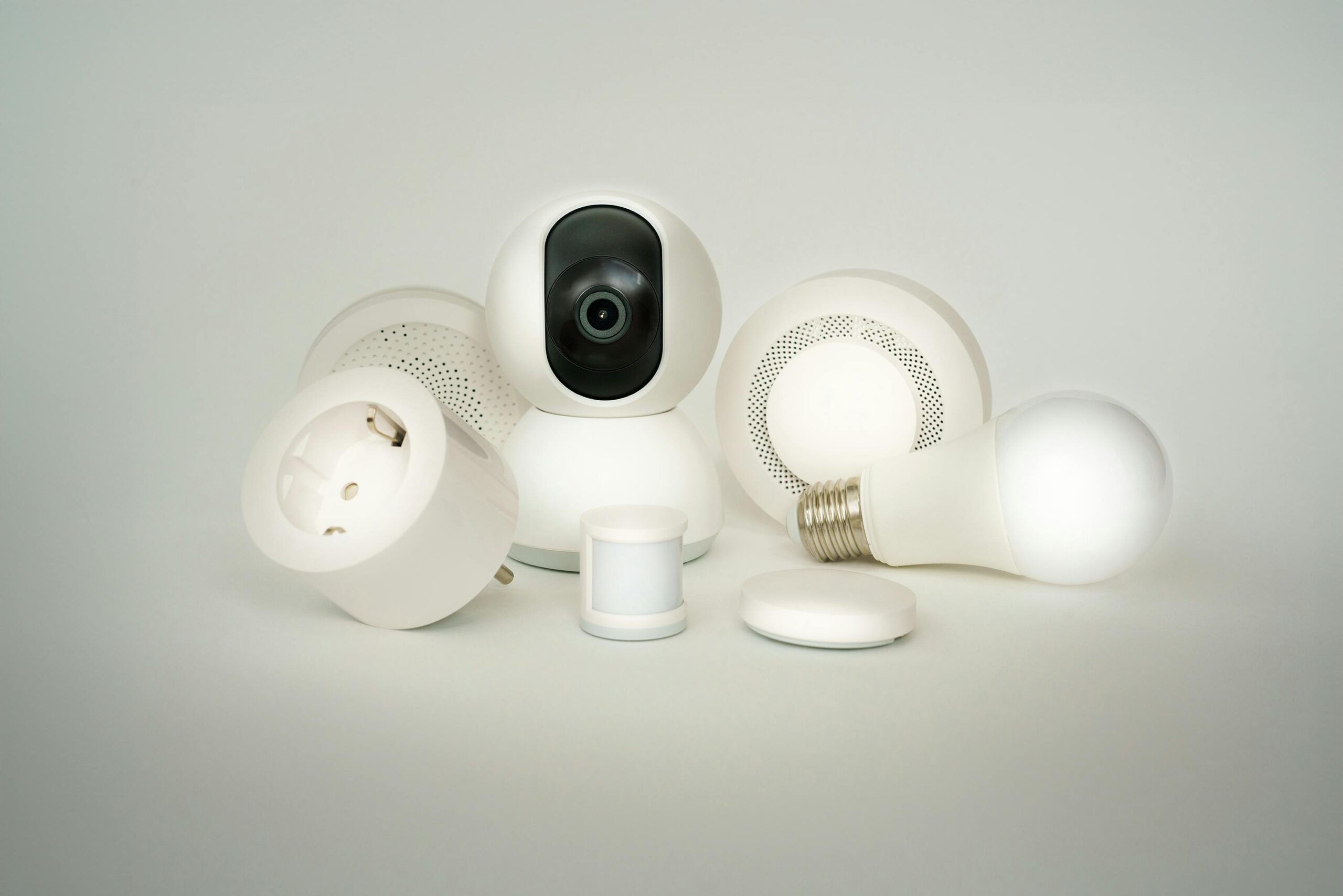The modern home is more connected than ever, with smart devices and Internet of Things (IoT) technologies revolutionizing convenience and efficiency. From smart thermostats and security cameras to voice assistants and connected appliances, these devices have become staples in everyday life. However, as connectivity increases, so do the risks of cyberattacks targeting these devices.
In this article, we explore the cybersecurity essentials needed to protect your smart home and IoT devices, ensuring your family’s safety and privacy.
Why Securing Smart Devices and IoT Matters
IoT devices are often the weakest links in home networks. Many are designed with convenience in mind, not security, making them prime targets for cybercriminals. The consequences of a breach can range from privacy invasions to unauthorized access to your home’s systems.
Common Risks of Unsecured IoT Devices:
- Data Theft: Personal information stored on devices can be accessed and exploited.
- Device Hijacking: Hackers can take control of devices, such as cameras or smart locks.
- Botnet Attacks: Compromised devices can be used in large-scale Distributed Denial of Service (DDoS) attacks.
- Network Vulnerabilities: Once inside a device, attackers can move laterally to access sensitive data on your network.
Cybersecurity Essentials for IoT Protection
1. Secure Your Home Wi-Fi Network
Your home Wi-Fi network is the foundation of your smart home. If it’s not secure, all connected devices are at risk.
- Use a Strong Password: Replace default router passwords with complex, unique ones.
- Enable WPA3 Encryption: This provides stronger protection than older standards like WPA2.
- Create a Guest Network: Separate IoT devices from personal and work devices to limit exposure.
2. Change Default Settings on Devices
Many IoT devices come with default usernames and passwords that are easy for hackers to exploit.
- Update Login Credentials: Change default usernames and passwords immediately after setting up a device.
- Disable Unnecessary Features: Turn off features like remote access if you don’t need them.
3. Keep Devices Updated
Manufacturers regularly release firmware updates to patch vulnerabilities and improve security.
- Enable Automatic Updates: Ensure your devices are set to receive updates automatically.
- Check for Updates Manually: Periodically verify that your devices have the latest software installed.
4. Use Strong Authentication
Adding layers of security to your devices makes it harder for unauthorized users to gain access.
- Enable Multi-Factor Authentication (MFA): Use MFA on devices and associated accounts when available.
- Set Unique Passwords: Avoid reusing passwords across devices or accounts.
5. Monitor Device Activity
Keep an eye on how your devices are behaving to catch unusual activity early.
- Use Network Monitoring Tools: Tools like Fing or GlassWire can help you track devices connected to your network.
- Log Out of Unused Devices: Remove old or unused devices from your network.
Best Practices for Specific IoT Devices
1. Smart Cameras and Doorbells
These devices are essential for home security but can also become tools for spying if compromised.
- Use End-to-End Encryption: Choose devices that offer encrypted video streams.
- Limit Cloud Storage Access: Store footage locally if possible.
- Disable Features You Don’t Use: Turn off remote access when it’s not needed.
2. Voice Assistants
Voice assistants like Alexa and Google Home are convenient but can record sensitive conversations.
- Review Privacy Settings: Adjust settings to limit data collection and sharing.
- Mute Microphones When Not in Use: Use the mute feature to prevent unintended recordings.
- Delete Voice History: Regularly clear stored voice recordings.
3. Smart Thermostats and Appliances
These devices can reveal information about your habits and schedules.
- Restrict App Permissions: Only grant permissions that are absolutely necessary.
- Use Secure Apps: Ensure the companion apps you use are from trusted sources.
Advanced IoT Security Measures
1. Set Up a Firewall
A firewall adds an extra layer of security by blocking unauthorized traffic to and from your devices.
- Use a Hardware Firewall: Many modern routers include built-in firewalls.
- Install a Software Firewall: Consider additional software solutions for added protection.
2. Implement Network Segmentation
Isolate IoT devices from other devices on your network to minimize risk.
- Create Separate Networks: Use your router’s settings to create multiple networks.
- Use VLANs: Virtual Local Area Networks can segment traffic and reduce exposure.
3. Invest in IoT Security Solutions
Specialized tools can provide tailored security for IoT devices.
- IoT-Specific Antivirus Software: Protects against malware targeting smart devices.
- Device Security Platforms: Services like Bitdefender Box or Norton Core monitor IoT activity for threats.
What to Do if Your IoT Device is Hacked
- Disconnect the Device: Immediately remove the compromised device from your network.
- Reset to Factory Settings: Restore the device to its original settings to remove malware.
- Change All Passwords: Update login credentials for the device and associated accounts.
- Check for Other Breaches: Ensure other devices on your network haven’t been compromised.
- Report the Incident: Notify the device manufacturer and, if necessary, your internet service provider.
Conclusion
Smart devices and IoT technologies offer incredible convenience, but they also come with unique cybersecurity challenges. By taking proactive measures—such as securing your network, updating devices, and monitoring activity—you can enjoy the benefits of a connected home without compromising security.
The key to a safe smart home lies in staying informed, being vigilant, and regularly updating your cybersecurity practices. Protect your home today to prevent becoming a target tomorrow.
Stay connected, stay secure.



Leave a Reply